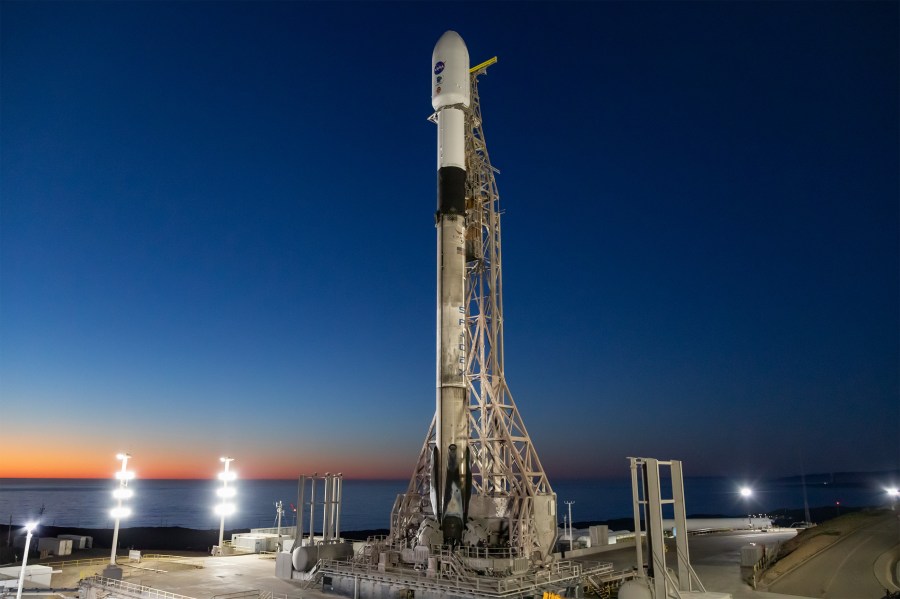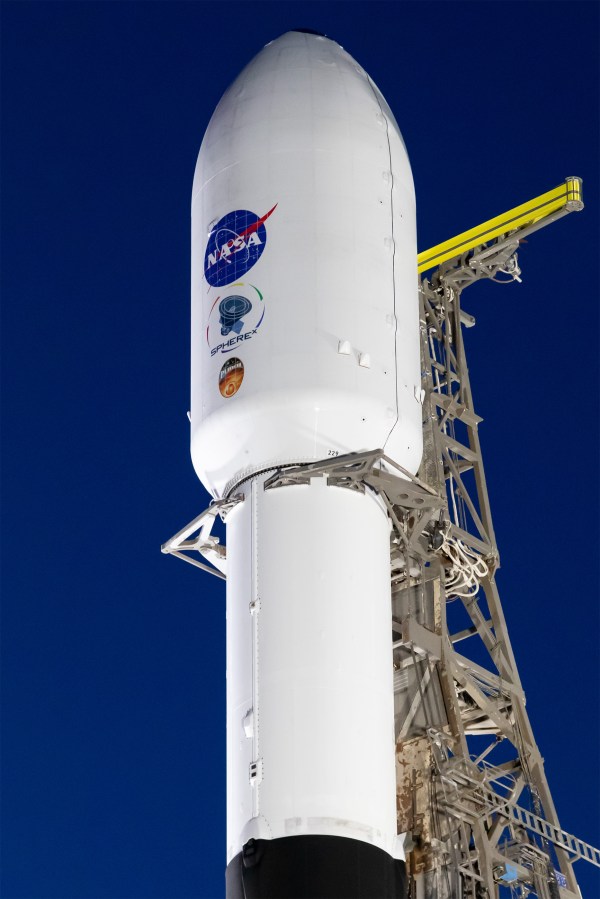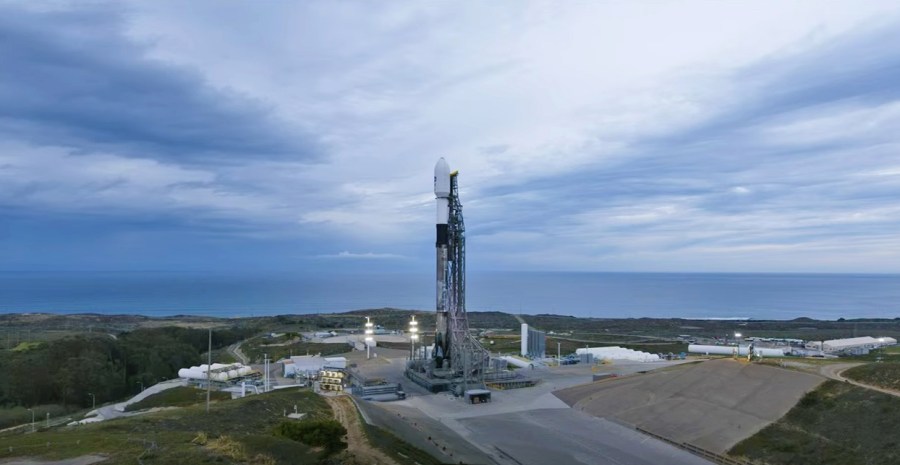NASA is a little more than 24 hours away from the launch of agency’s SpaceX Crew-10 mission to the International Space Station. The four-person crew is scheduled to liftoff at 7:48 p.m. EDT Wednesday, March 12, from Launch Complex 39A at NASA’s Kennedy Space Center in Florida. Leaders from NASA and SpaceX completed the company’s […]
NASA’s SpaceX Crew-10 ‘Go’ for Launch Following Review





























